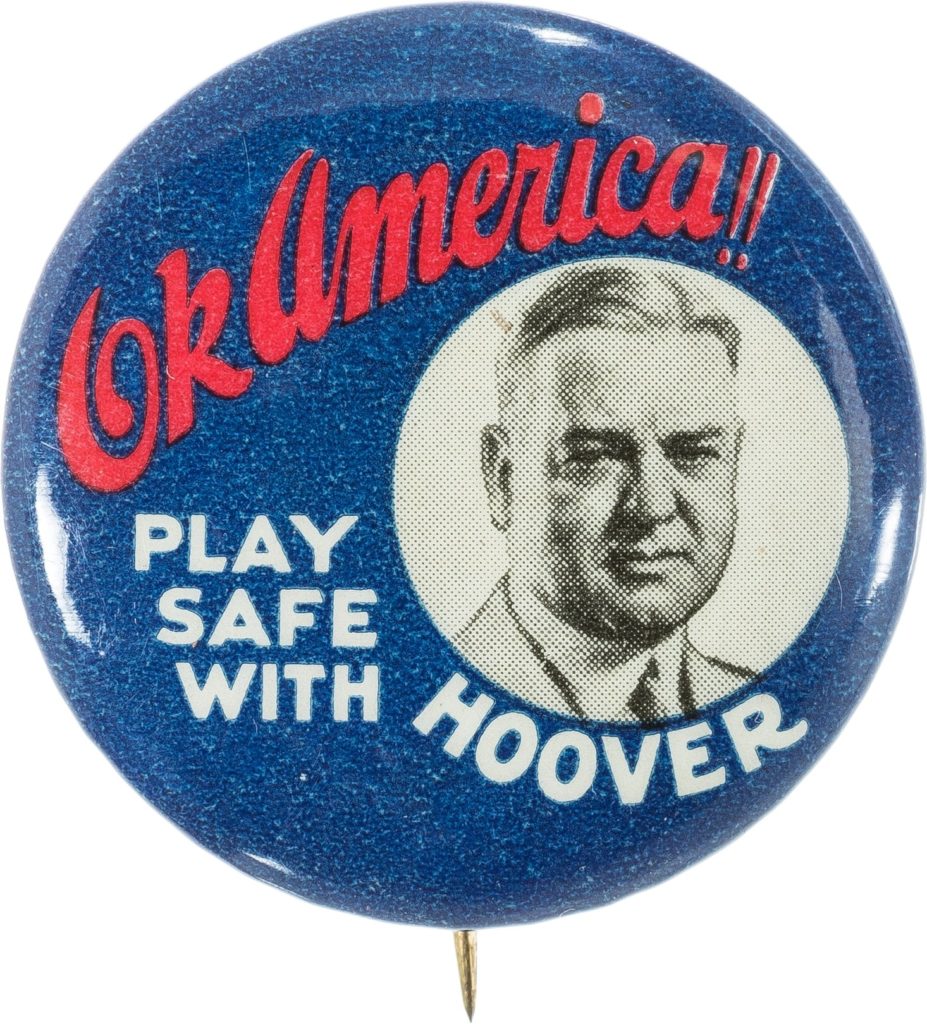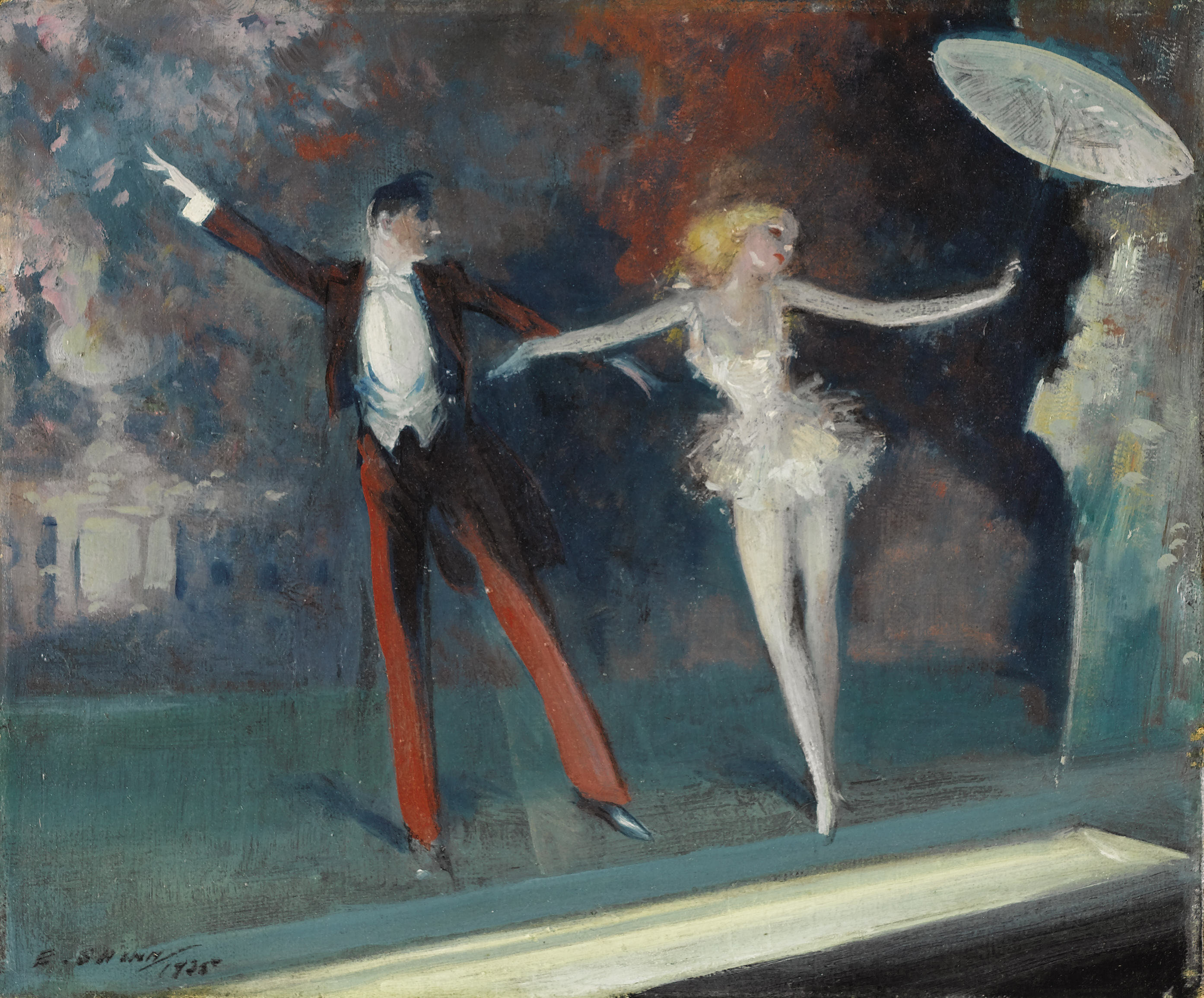
By Jim O’Neal
Herbert Hoover aspired to the presidency of the United States strictly for the opportunity to serve the public. When elected in 1928, he was universally recognized as the greatest living humanitarian. He helped organize the return of thousands of Americans stranded in Europe before the outbreak of World War I (taking no salary) and also directed the program for relief to millions of Belgians and French (after Germany invaded Belgium) as head of President Wilson’s Food Administration.
For several years after the war, he continued to serve without salary as Secretary of Commerce for presidents Warren Harding and Calvin Coolidge until he resigned to run for president in 1928. He won by a large margin and in his inauguration speech on March 4, 1929, he described the future of the country as being “bright with hope.”
Three and a half years later, Republican prosperity had vanished, beginning with the stock-market crash seven months after Hoover took office. Protesting veterans of the Bonus Army were camped out in sight of the Capitol and milling around the White House to display their frustration and bitterness.
Hoover was on a tour of the Midwest the day the stock market crashed. For seven rainy days, he plodded from town to town on his train, proclaiming prosperity to anyone willing to listen. He arrived home on Oct. 4, 1929, and at a press conference the next morning, he assured newsmen the country’s businesses stood on a solid foundation.
Days later, on Oct. 19, Black Tuesday, the stock market fell sharply, but the president earnestly believed this was only a tough patch, like the Panic of 1907. Like most people, he seems to have had little idea of how bad the worst would be. The plan he presented to Congress in December was totally unorthodox by calling on the federal government to save the day through a series of programs that included education reform, housing for the underprivileged, jobs in long-term construction, lower taxes and a balanced budget … while making government more effective and efficient.
To add to the gloom of 1929, the Executive Office burned to its walls on Christmas Eve as carolers serenaded. The destruction of the Executive Office was a better symbol for the Hoover presidency than the White House, since virtually all the programs failed and the country started a downward spiral that would continue until we had to gear up for the next world war.
In the summer of 1932, Franklin Delano Roosevelt was nominated by the Democratic National Committee in Chicago. On Aug. 11, Hoover formally accepted the Republican nomination that had been offered several months earlier. But he chose to bury himself in work for the balance of August and all of September. By then, the Democrats were in full stride and FDR became the president-elect.
However, the transfer of office from Republican to Democrat was chilly. At best, the feeling between the two men was of mutual contempt. The Hoovers declined to host the traditional March 3 dinner for the incoming president, and the Roosevelts had no intention of attending. Hoover was frustrated that FDR did not accept any of his advice and Roosevelt had grown weary of listening. (This would lead to changing the inauguration of March 4 to January 20, since it was too long to have a lame duck badgering the new guy.)
A small awkward tea ceremony was finally negotiated and that was that. A quiet, peaceful transfer of the most powerful political office in the world.
 Intelligent Collector blogger JIM O’NEAL is an avid collector and history buff. He is President and CEO of Frito-Lay International [retired] and earlier served as Chairman and CEO of PepsiCo Restaurants International [KFC Pizza Hut and Taco Bell].
Intelligent Collector blogger JIM O’NEAL is an avid collector and history buff. He is President and CEO of Frito-Lay International [retired] and earlier served as Chairman and CEO of PepsiCo Restaurants International [KFC Pizza Hut and Taco Bell].

